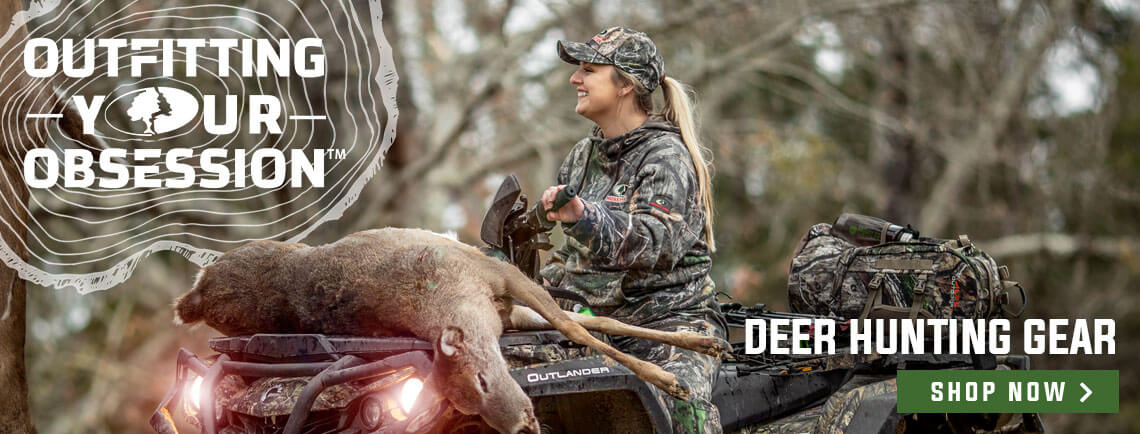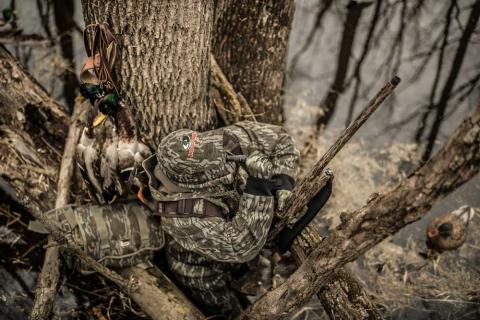No hunter wants to be “that guy” — the guy who pulls up with a button buck in the back of the truck. The Bambi jokes will not end until deer season is over. All deer hunters have looked through their scope at a button buck at one point or another. It is often the last glance that sends the “This is a button buck” alarm to your brain. You blow out that long breath and know deep down you almost made a bad mistake.
Not everyone can quickly spot a button buck. Let’s take a closer look at the differences between a doe and a button buck so that you can make that distinction quickly.
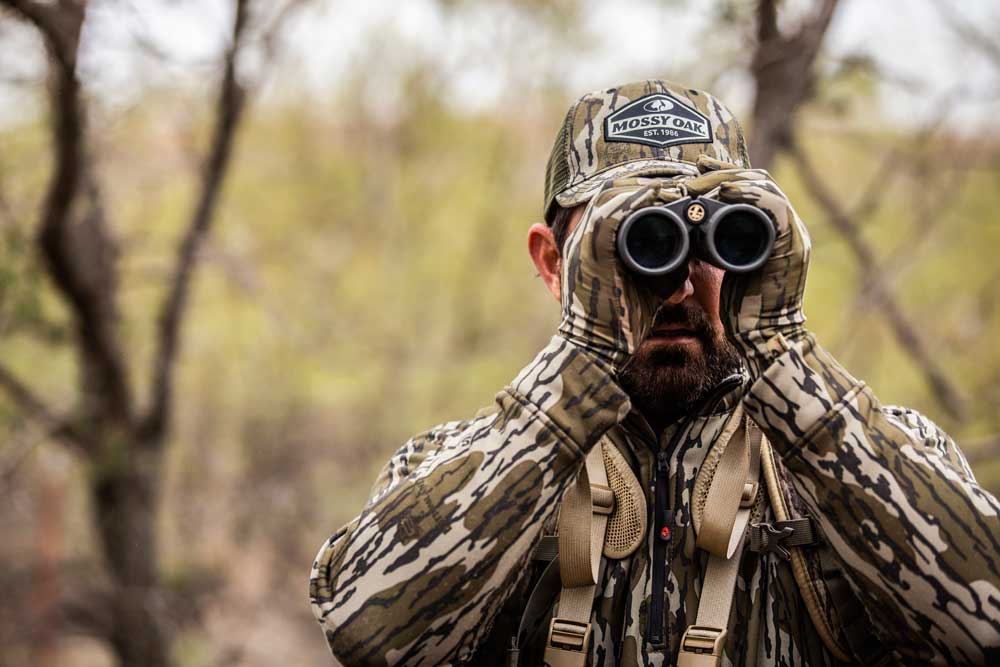
Technically Speaking
A button buck is normally around six months old and has a couple of knots where antlers will eventually grow. These knots or nubs are technically called pedicles and do not have bone protruding through the skin. Depending on age, genetics and nutrition, some button bucks will have very slight knots while others are easily visible.
A Quick Study
You’re sitting in your blind and what looks like a doe walks up. The goal for most deer hunters is to quickly decide if the deer in front of them is a doe or button buck. In low light this can be difficult, especially if your optics are subpar. When studying the deer, pay particular attention to the shape of the body. A doe has a larger, more rectangular body while a button buck has a square body.
The doe has a rounded head near the forehead and between the ears. The button buck’s head is flat between the pedicles and near the ears. A doe is taller while the square-bodied button buck is shorter. A doe also has a longer neck, swayed back and swayed belly. The button buck has a shorter neck and thinner body.
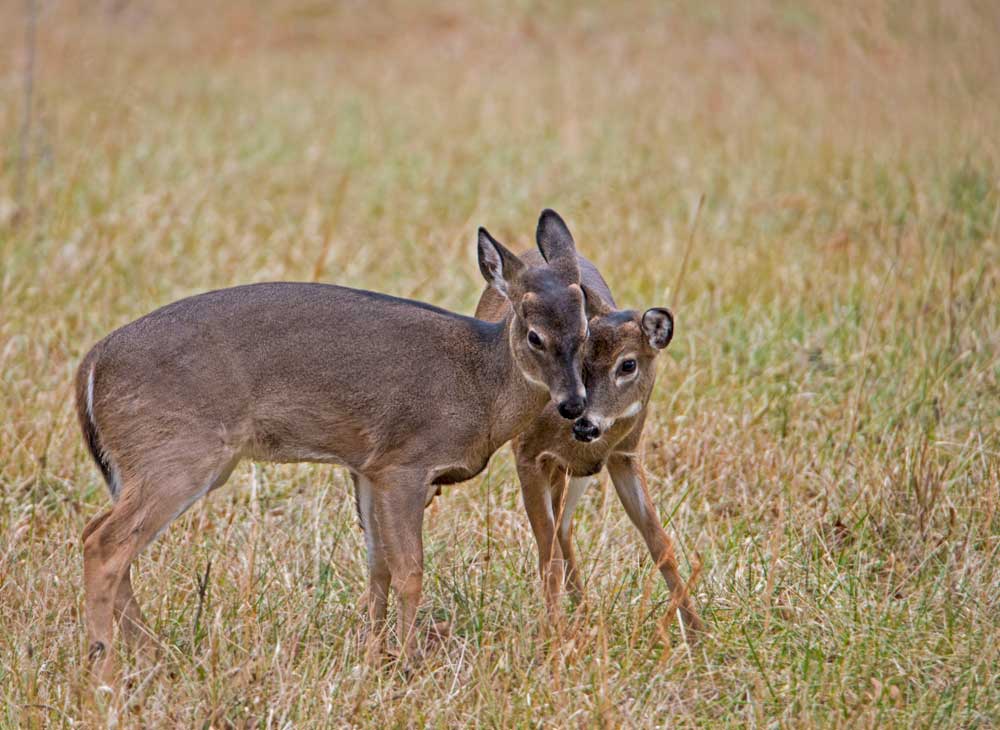
Does Like a Crowd
Another characteristic of a doe is that it seldom travels alone. Where you see one doe, there are sure to be more. A button buck often travels by itself. In fact, 75 percent of all bucks leave their home range and, in rare cases, will travel 100 miles before they decide on a new home.
From time to time, you may encounter a pair of juvenile deer traveling together. If you notice one larger than the other, you should assume the larger of the two is a button buck until you investigate further. Button bucks are larger than doe fawns of the same age.
Actions Speak Louder Than Words
If you are a seasoned deer hunter, you know how wary an adult doe can be. There is nothing worse for a bowhunter than to be surrounded by does with a big buck in bow range. The slightest movement from a bowhunter and a single doe can blow a field out. These does are cautious, and they take no chances. They move like molasses in wintertime and over-analyze every change in their environment.
A button buck, on the other hand, can be quite careless. They are curious and often spend time investigating the simplest of things for several minutes before the next best thing gets their attention. A deer hunter should not mistake these actions for that of a crazy old doe. This reckless abandon is more characteristic of a young button buck who is simply acting his age.
Practice Makes Perfect
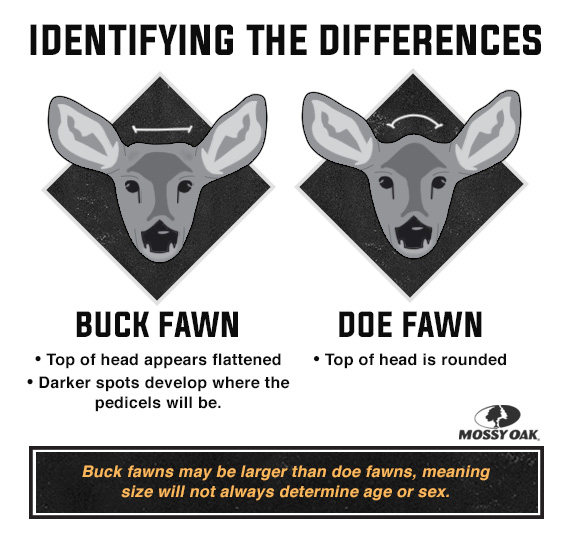
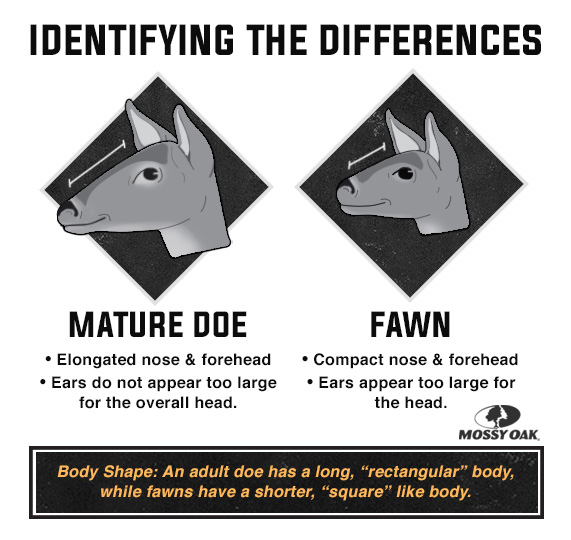
The more time you spend observing deer, the easier it is to tell the difference between a doe and a button buck. Even if you know the five deer in front of you are does, take the time to study the rectangular shape of their body and the caution they take as they walk through the woods. Use your binoculars to study the round head, long neck and large body. Take mental notes of these characteristics. Who knows? Observing these deer may show you how to attract deer in your area.
Likewise, if you discover a button buck coming your way, take time to study its behavior. Compare the square body to that of the rectangular bodies of the does you have seen. Use your binoculars to observe the buttons on its head and the flat shape of its forehead. Take note of its careless actions as it travels through the woods and fields or how it interacts with other deer along the way.
You can work to develop this skill and ability even in the offseason. On your next backcountry camping trip, take an hour or two to scout for deer. Teach your young hunter the differences between a doe and a button buck. They will thank you later.
Don’t Jump the Gun
If you are not sure if the deer in front of you is a doe or a button buck, ask yourself these three questions: Does this deer have a rectangular or square body? Is the shape of its head round or flat? Is this an alert and cautious deer, or is it more carefree and less aware of its surroundings? How you answer these three questions can keep you from being “that guy.” When you get back to camp and drop the tailgate, you won’t have to hear the Bambi jokes!

